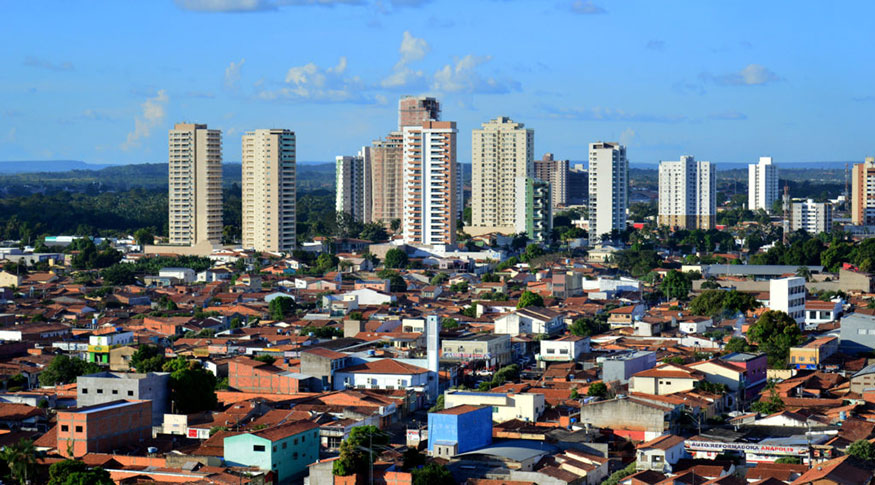Territorial Structures
Update of territorial subdivisions expands Metropolitan Area of Southwestern Maranhão
May 20, 2021 10h00 AM | Last Updated: May 20, 2021 12h08 PM
Highlights
- Metropolitan area of Southwestern Maranhão now has 22 municipalities.
- The survey will be conducted annually from 2022 on.
- There have been no changes in Integrated Development Areas or in other Metropolitan Areas in Brazilian states.
- Territorial divisions facilitate the execution of public functions of common interest.
The IBGE releases today (20) an updated list of the municipalities that form Metropolitan Areas (RMs), Integrated Development Areas (RIDEs) and Urban Agglomerations defined by the state and by the Federal Government, based on information of December 31, 2020. The current review shows changes in the composition of the Metropolitan Area of Southwestern Maranhão, which now has 14 municipalities more, a total of 22.

Since 2013, every six months, the IBGE has updated the composition of RMs, RIDEs and Urban Agglomerations in the country. Additional information about these regional subdivisions is available here.
“From 2022 on, the survey will be conducted every year," says Maikon Novaes, IBGE manager of Regionalization and Territory Classification. The purpose is to release the survey together with the geographic subdivision of population estimates. “We are going to have it all in the same package and that will facilitate access by society,” he adds.
The current revision shows changes in the composition of the metropolitan area of Southwestern Maranhão. In compliance with the Complementary Law, 14 municipalities have been added to that area: São Pedro da Água Branca, Vila Nova dos Martírios, Porto Franco, São Francisco do Brejão, Amarante do Maranhão, Sítio Novo, Carolina, Itinga do Maranhão, Açailândia, Campestre do Maranhão, Cidelândia, Lajeado Novo, São João do Paraíso and Estreito. Besides these, there are also Davinópolis, Governador Edison Lobão, Imperatriz, Buritirana, Ribamar Fiquene, Senador La Rocque, João Lisboa e Montes Altos, a total of 22 municipalities.
Currently, there are 74 metropolitan Areas in the country, being most of them located in Paraíba (12), Santa Catarina (11), Alagoas (9) and Paraná (8). Also, there are five Urban Agglomerations – three in the state of São Paulo and two in Rio Grande do Sul. There have been no changes in Integrated Development Areas (RIDEs) in Brazil, or in the other Metropolitan Areas in Brazilian states.
“This survey is conducted in partnership with our State Branches, which monitor modifications in legislation proposed by each state assembly,” Mr. Novaes explains. The main users of this survey are states themselves and their planning bodies. According to the geographer, the next update will be available in the first semester of 2022.
Territorial subdivisions facilitate execution of public functions of common interest
Metropolitan areas and urban agglomerations are subdivisions established by means of complementary state law in compliance with the federal constitution of 1988, aiming at integrating the organization, planning and execution of public functions of common interest. The establishment of metropolitan areas and urban agglomerations is a competence of the states, according to paragraph 3 of article 25 of the Federal Constitution.
Integrated Development Regions, in turn, are defined as administrative regions encompassing different Federation Units. They are created by means of specific laws that list the municipalities that form the region and define the functioning structure and the interests of political-administrative participants. In the case of RIDEs, the Federal Government is in charge of their creation, as established in paragraph 1, article 43, of the Federal Constitution of Brazil.




















